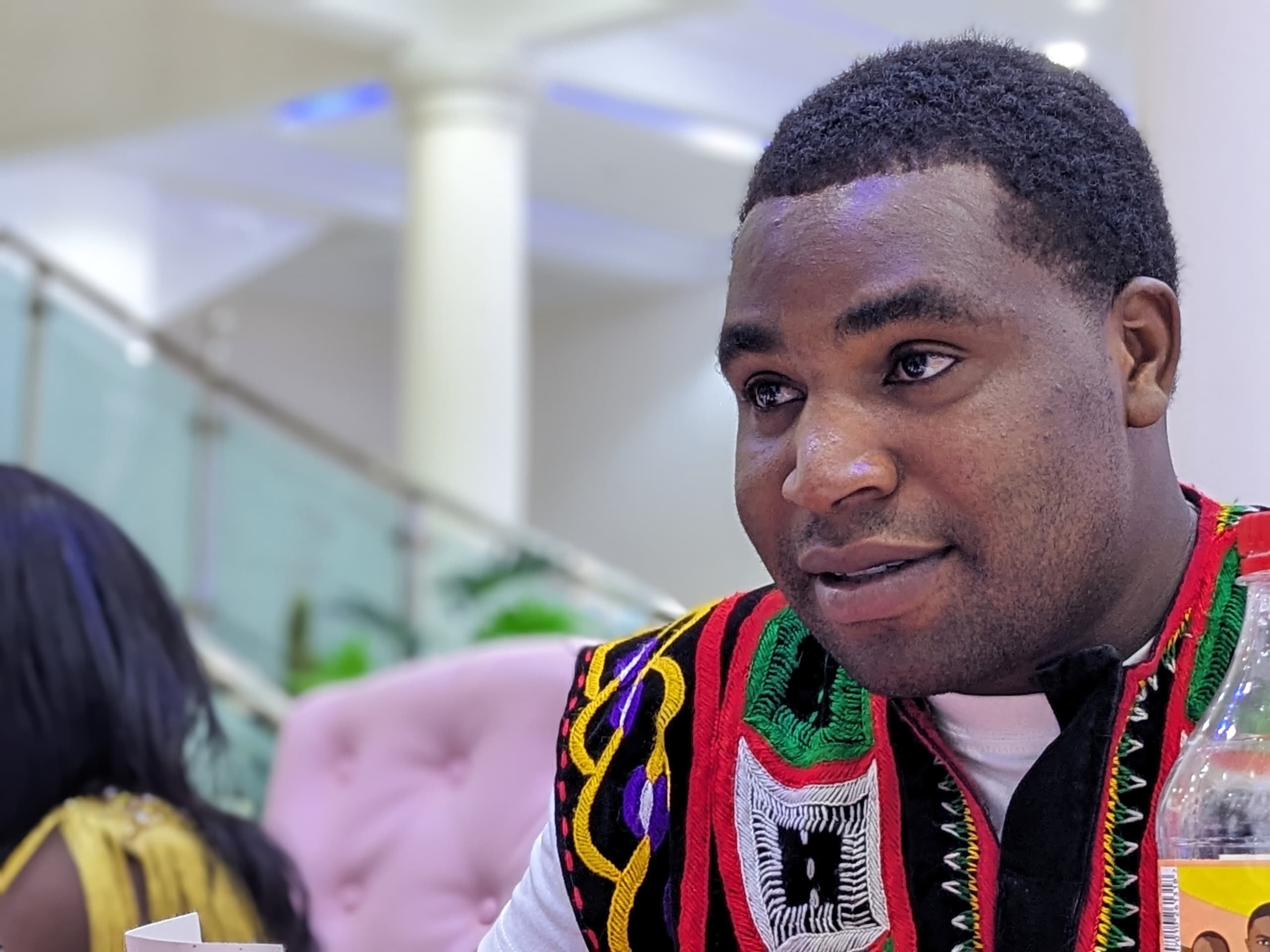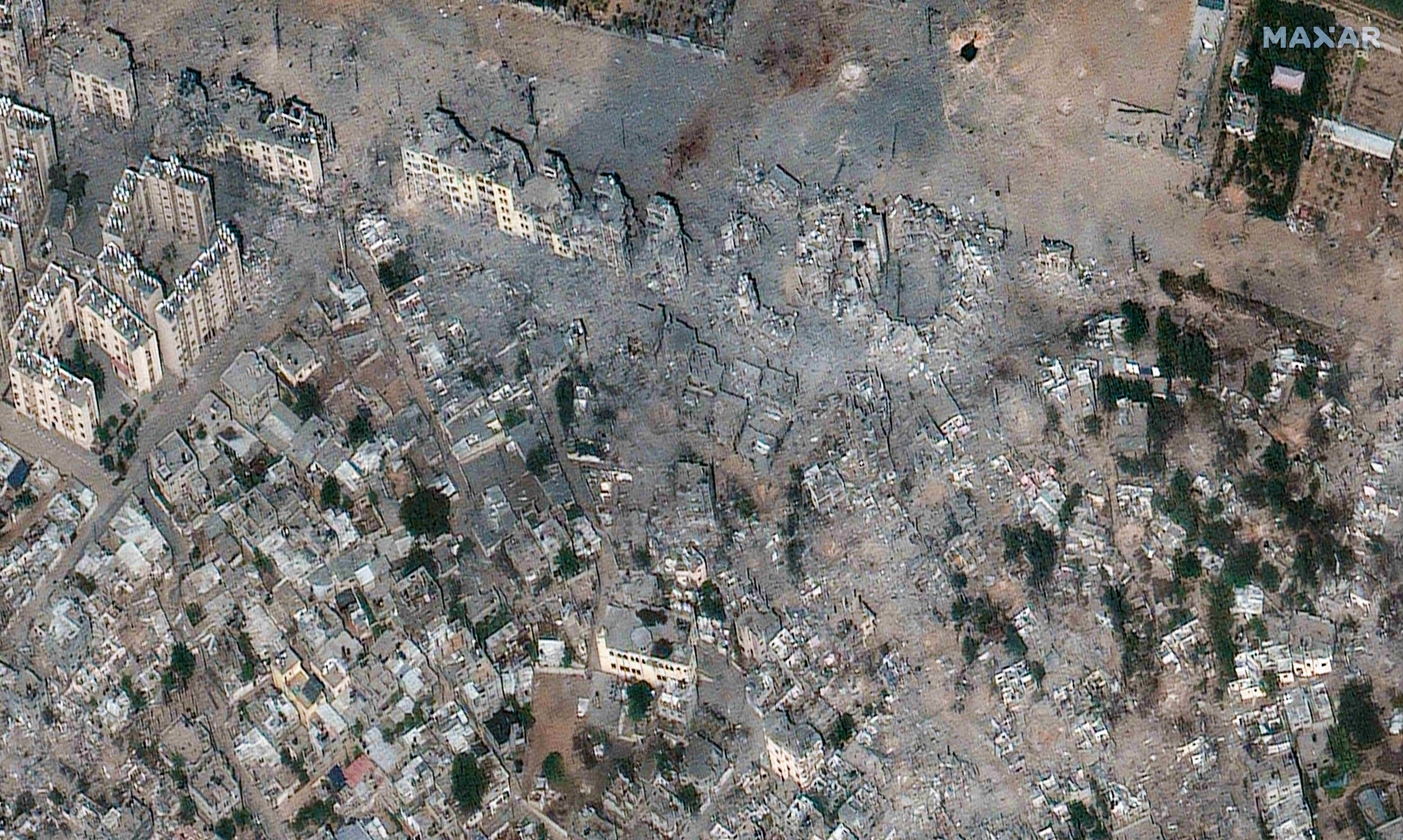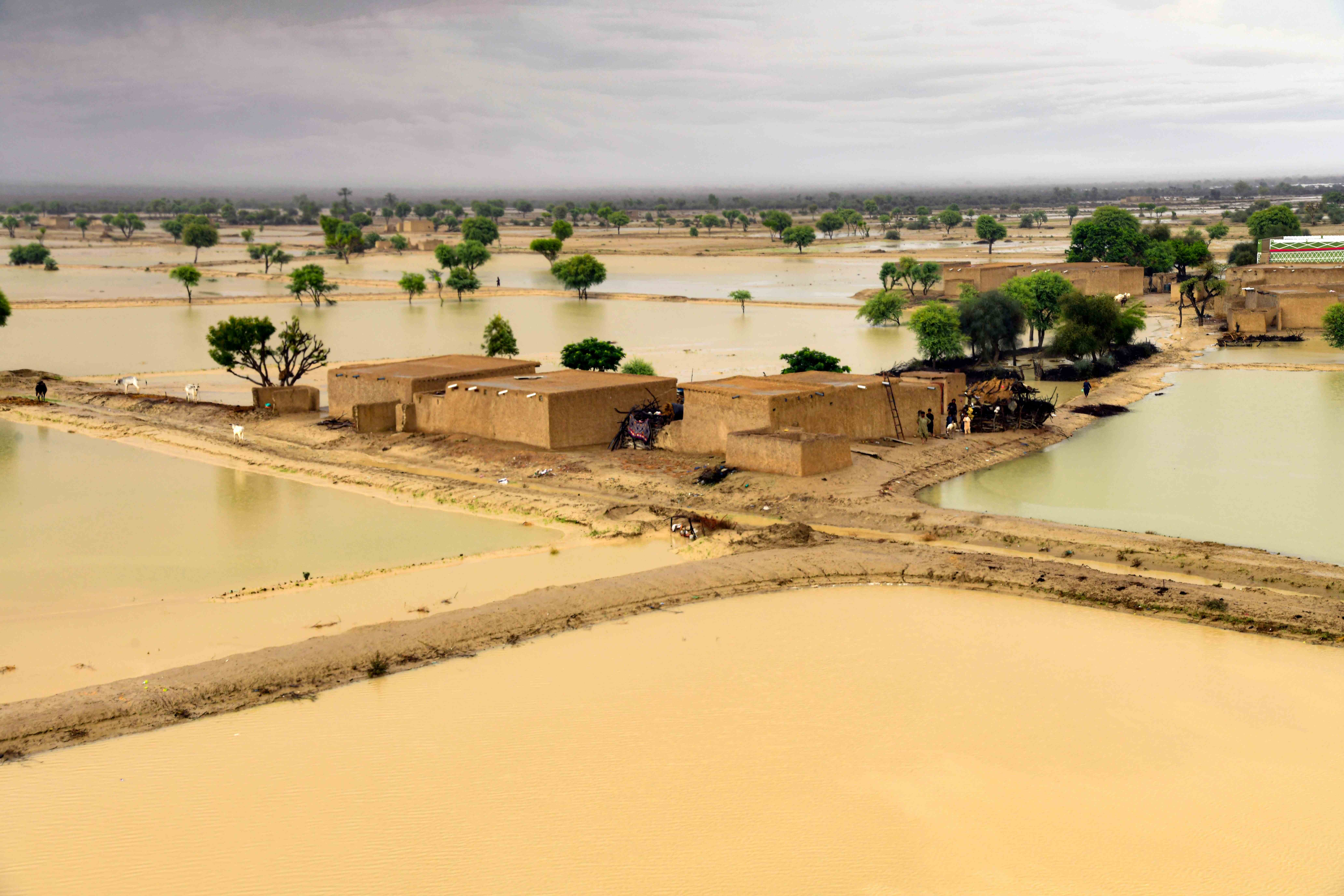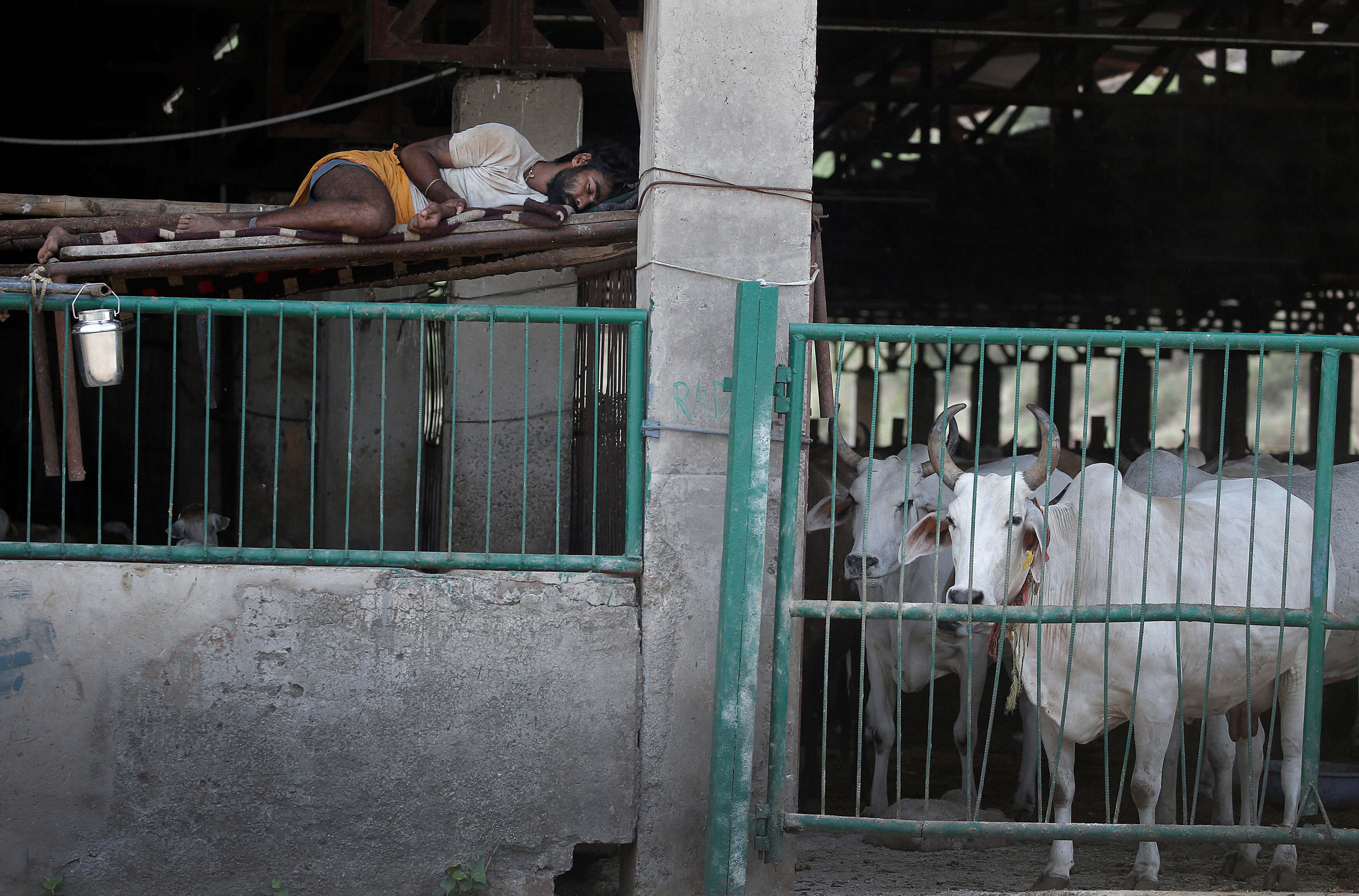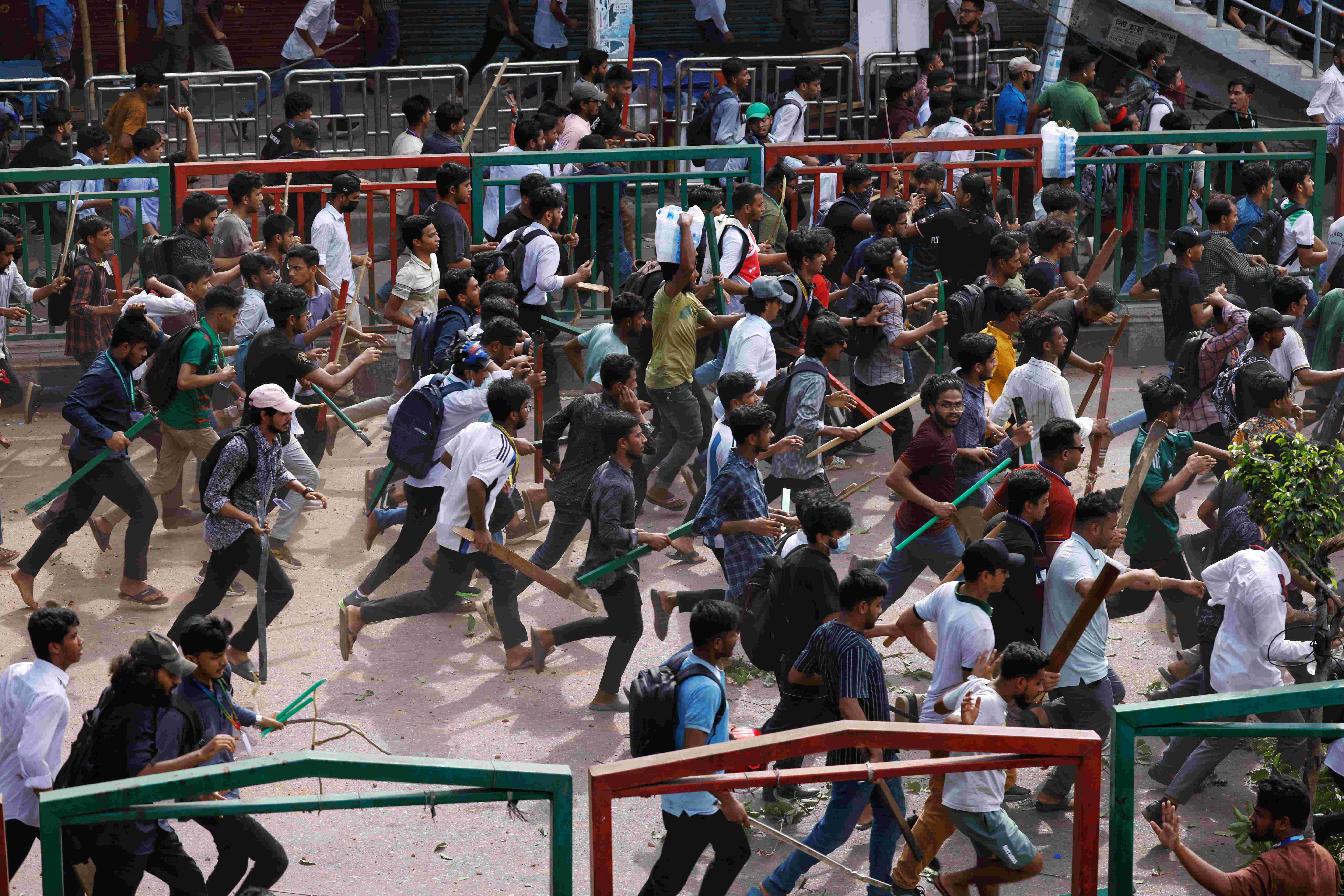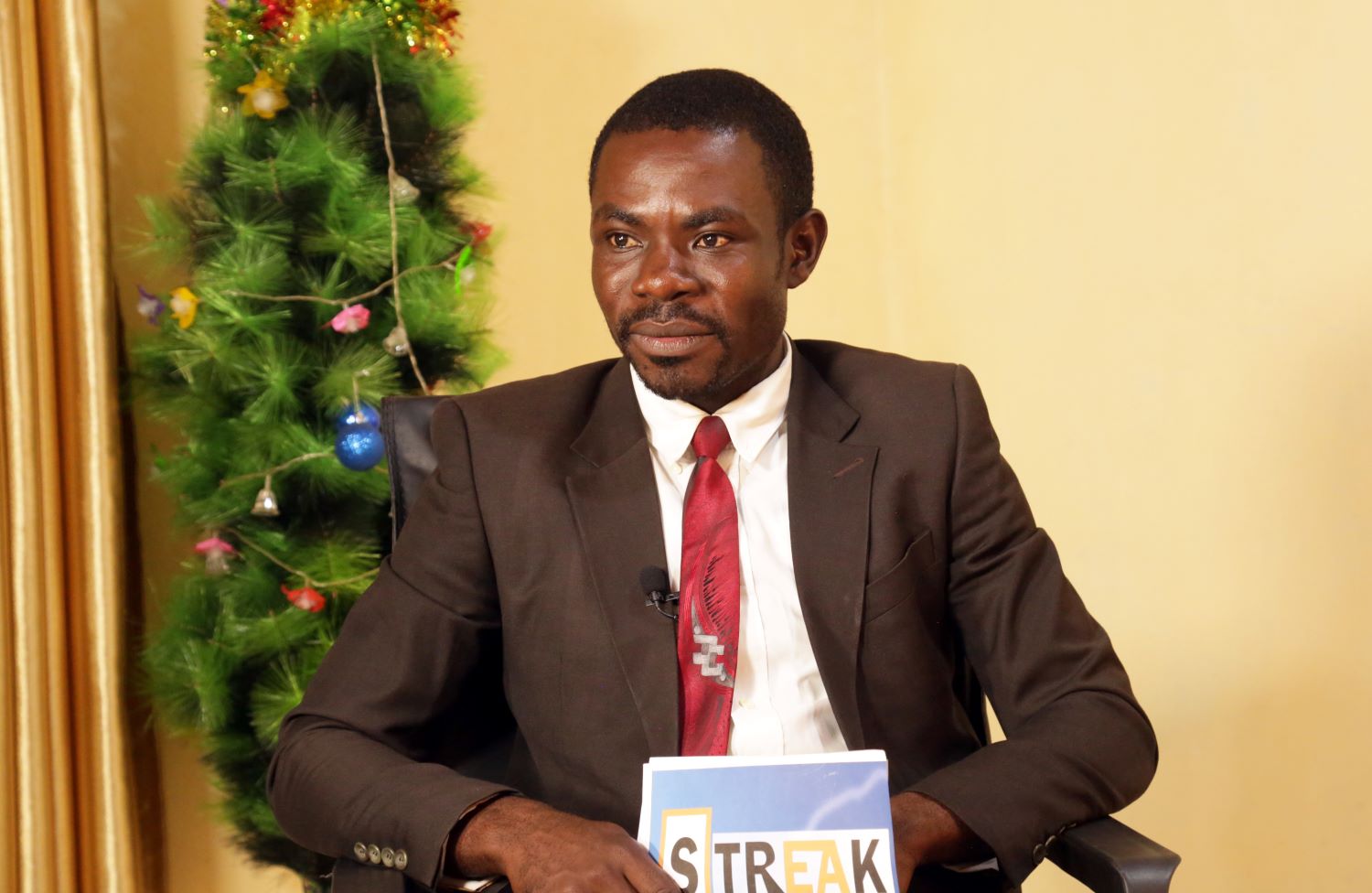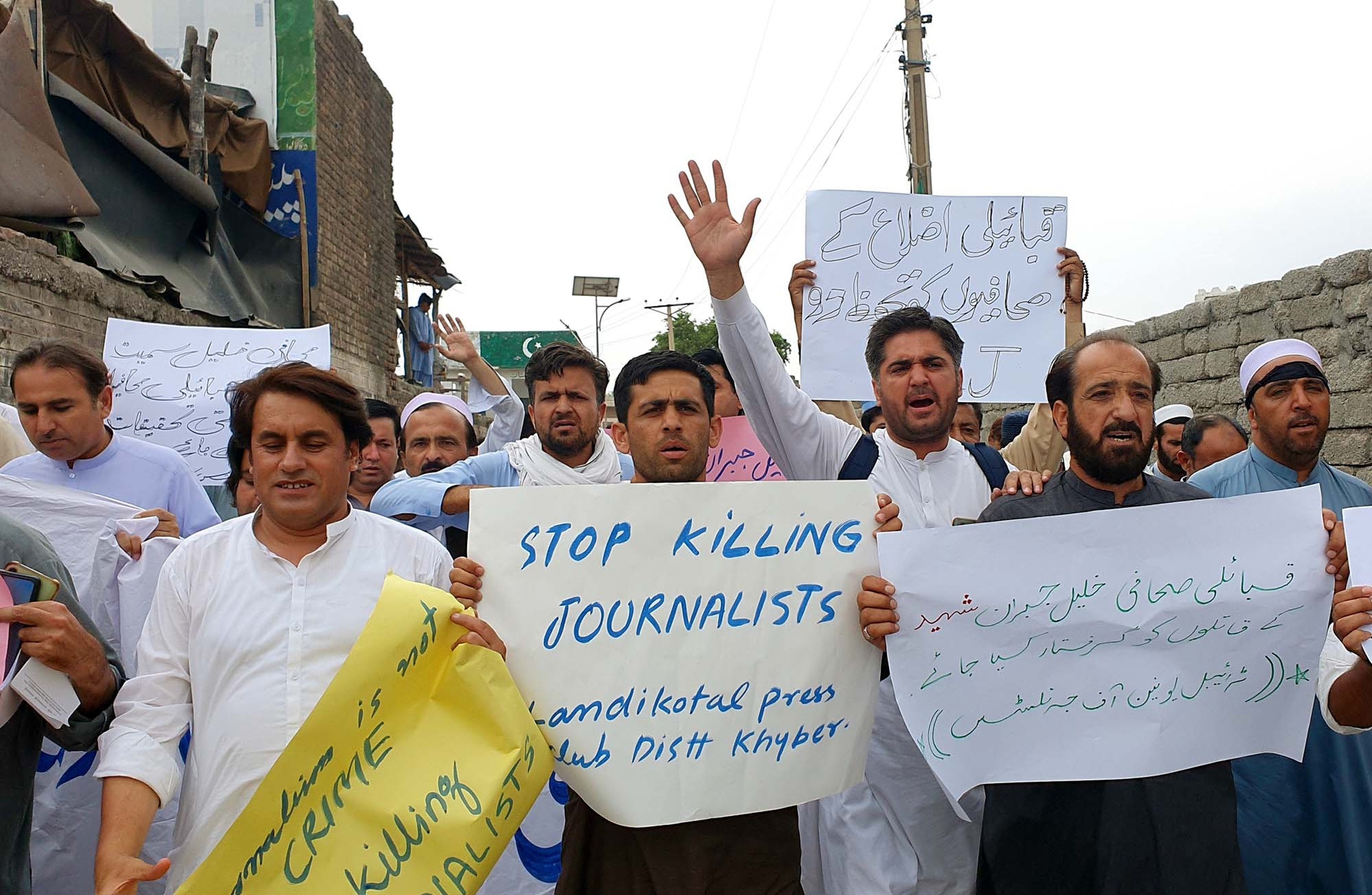AI-driven journalism initiatives in the Middle East, often backed by philanthropic media development projects, are reshaping local newsrooms under the influence of global tech giants. These efforts, while marketed as support, risk deepening power asymmetries, fostering digital dependency, and reactivating colonial patterns of control through algorithmic systems and donor-driven agendas.
Over the past decade, assisting the Middle East's media community in building its digital infrastructure capacity and modernising its news production and distribution processes has become the subject of various AI-driven media development initiatives. While international donors and tech companies support local newsrooms in the region to integrate these AI-driven tools into their news production chains, these initiatives raise concerns about the increased dependency of the less-resourced media organisations on this donor-recipient relationship.
Against this backdrop, shedding light on how AI Journalism initiatives (e.g. Google News initiative, WAN-IFRA a project developed to digitally transform newsrooms in the Middle East) sustain power asymmetries between local media organisations and tech companies in a repressive political context, highlights the new complex reality shaping the future of journalism, which is not only struggling to survive, but also battling new agents of control and surveillance. (1)
AI Journalism Projects; A New Phase of Technological Diffusionism
In the wake of the Arab Spring, the role of media in shaping political transitions and mobilising social movements across the MENA region has gained renewed attention. Amid this shifting landscape, media development initiatives, often funded and implemented by Big Tech companies, have sought to steer the region’s digital transformation during a critical juncture in its political development. These efforts have focused on equipping local newsrooms with technological tools and supporting the platformisation of news, as platforms like Facebook, Google, and TikTok increasingly serve as the primary gateways through which individuals access information. Consequently, content production and distribution are now heavily influenced by algorithmic and data modelling systems, which play a decisive role in determining how content is disseminated and consumed.
Amid these ongoing changes in the media ecosystem, some media organisations in the region have been eager to capitalise on the global hype around artificial intelligence, seeking to innovate their journalistic practices in step with emerging technologies. A notable example, the Arab Reporters for Investigative Journalism (ARIJ), a leading investigative journalism organisation based in Jordan, has emerged as a regional innovator. As one of the 34 projects from 17 countries funded by the Google News Initiative, ARIJ has developed an AI strategy tailored for small and medium-sized newsrooms in the MENA region. This strategy aims to help media organisations integrate AI-driven solutions into their production and distribution workflows. It includes the design of prototype tools, the creation of an ethical framework for AI use, and initiatives to enhance AI literacy among journalists across the region. Simultaneously, other media organisations in the Middle East are also adopting AI-based systems to improve content curation and boost audience engagement.
These initiatives raise concerns about the increased dependency of the less-resourced media organisations on this donor-recipient relationship
In the postcolonial era, Arab states have started to take control of media infrastructure with the stated aim of nationalising the development process. At the same time, several media development initiatives, largely funded by international donors such as the World Bank, USAID Media Programs, and various foreign governments, emerged under the banner of “promoting freedom of expression” and “supporting democratic discourse”. However, these initiatives have remained highly contested across the region, frequently viewed either as philanthropic instruments of foreign intervention in domestic affairs or as outsider efforts lacking a nuanced understanding of the insider dynamics that shape local contexts.
Since its establishment in the 1930s, the BBC Radio Arabic Service has been a remarkable example of Britain’s use of soft power in the MENA region, serving throughout the postcolonial era as a strategic tool for projecting British influence and shaping the Arabic public opinion. The United States, emerging as a global power after World War II, followed a similar path with the launch of the Voice of America (VOA) in 1942.
This trend continued in later decades, notably with the creation of Radio Monte Carlo in 1972. However, it accelerated significantly in the aftermath of the 9/11 attacks, with the U.S. government launching Radio Sawa in 2002 and Alhurra TV in 2004, with the stated aim of countering anti-American sentiment and promoting liberal democratic values. Therefore, across various critical political phases in the region, Western-funded media projects have consistently aimed, albeit under the guise of protecting pluralism and human rights, to reshape the media landscape, redefine public discourse, and influence journalistic practices.
At their core, these initiatives often rest on the assumption that simply transferring innovations from developed countries to less developed regions will lead to modernising journalistic practices
Throughout their evolution, media development projects in the MENA region have predominantly echoed this colonial view of modernisation that promotes a Western-centric model of development. This approach suggests that the development process can be achieved through the diffusion of communication technologies and the establishment of a media system in underdeveloped countries that encourages local communities to emulate this model.
For example, UNESCO introduced media development indicators aimed at assessing media landscapes, particularly in developing countries, to identify needs and evaluate how media in the Global South respond to democratisation efforts. However, many media practitioners have expressed scepticism toward the universalist nature of these indicators, arguing that they implicitly endorse Western-centric models and perpetuate the modernisation paradigm without adequately accounting for local contexts (2).
Therefore, introducing AI solutions into local newsrooms can be seen as a contemporary extension of the long-standing tradition of technological diffusionism. At their core, these initiatives often rest on the assumption that simply transferring innovations from developed countries to less developed regions will lead to modernising journalistic practices. However, this approach risks reactivating the capitalist and colonial logic that has historically underpinned similar philanthropic projects.

For instance, the Google News Initiative presents itself as a project aimed at helping journalists "thrive in the digital age" by providing digital solutions to everyday challenges. Yet, as explicitly stated in its application guidelines, the initiative tends to fund projects selectively, favouring those that align with Google’s platform-centric business model.
By developing the notion of data colonialism, Couldry and Mejias (3) help us understand this complexity, drawing our attention to how tech companies perpetuate the legacy of colonialism. These scholars highlight striking parallels between the historical exploitation of land, labour, and natural resources by colonial powers and the current extraction of data through digital platforms and infrastructures, particularly in the Global South. In doing so, they argue that tech companies have re-inscribed asymmetrical power relations, trapping marginalised populations in new forms of dependency that primarily serve the economic interests of corporations based in the Global North.
Tech Monopoly Reshaping Local Newsrooms
As platform companies hold a dominant position in the field of AI innovation and research, an increasing body of scholarship in journalism studies highlights the harmful consequences of their monopoly that is reshaping how media content is produced, distributed, and consumed and determining who has access to these powerful tools.
Interestingly, this current ascent of tech firms in the news arena is inextricably intertwined with the rise of ‘platformisation’ as a logic that reorganises the socio-economic activity around data extraction practices, paving the way for tech companies to play an infrastructural role in various sectors (4).
Recent efforts to integrate AI-driven technologies into media and cultural production in developing countries have reignited debates about the geopolitical role of AI. These systems, as complex socio-technical infrastructures, may open new avenues for U.S. corporate dominance and revive concerns about cultural imperialism.
Tech companies have re-inscribed asymmetrical power relations, trapping marginalised populations in new forms of dependency that primarily serve the economic interests of corporations based in the Global North
Moreover, the influx of aid from Big Tech initiatives to local media organisations in the MENA region has contributed to complex system of exploitation. This extends tech companies' control over the means of production into new domains, most notably journalism.
This expansionary tendency of these AI media development projects reminds us of the influential power wielded by tech companies in many developing countries over the development agendas related to digital transformation, which are viewed as market expansion.
This rationale has also shaped media aid initiatives, which often present technological advancements as a reliable fix for the structural challenges facing journalism. In this context, De-Lima-Santos et al. (5) show that the ‘’Google News has significantly deepened local media’s (in the Global South) dependence on platform companies, reshaping business models to mirror those of Big Tech while reviving the donor-recipient dynamics under a new guise.
The Gatekeeping Capacity of the Algorithmic Systems
The intersectionality within matrices of dominance could provide valuable insights into how tech companies construct an interconnected systems of exploitation and dependency, effectively suppressing the participatory frameworks that should guide media development initiatives. These tech companies exert a gatekeeping role that bypasses the traditional infrastructural, instead shaping the “meaning-making” process through opaque, algorithm-driven systems. Under the guise of philanthropy, such initiatives often aim to reshape the local media’s journalistic practices that serve their corporate interests.
In their research on the integration of AI in African newsrooms, Kothari and Cruikshank (6) highlight a growing reliance on externally developed algorithmic tools. Journalists and editors increasingly incorporate these technologies into their routines, automating editorial decisions without a full grasp of the algorithms’ inner workings or implications.
However, it is scrutinising the epistemological foundations of these systems to unveil the data-centric rationality that guides these AI-driven media development initiatives. As an extensive body of research shows that algorithmic media tools often reinforce Western epistemic hegemony in meaning-making, privileging forms of knowledge production that serves specific power structures. This, in turn, perpetuates racial discrimination, profiling and surveillance against local communities under the pretext of technological progress (7).
These tech companies exert a gatekeeping role that bypasses the traditional infrastructural, instead shaping the “meaning-making” process through opaque, algorithm-driven systems. Under the guise of philanthropy, such initiatives often aim to reshape the local media’s journalistic practices that serve their corporate interests.
How the Local Newsrooms are Grappling with the Philanthrocapitalism
This increased dependency on tech companies’ structural advantages points to the inherent power asymmetry that characterises informational development interventions and reflects the underlying extractive and expansionist impulses that drive the logic of tech companies to engage in such media development projects. The interventionist nature of these practices prompts many journalists to advocate for more transparency in disclosing how the AI-empowered system is designed and operated.
As local newsrooms continue to grapple with the challenge of developing a sustainable business model, the ability of low- and middle-income organisations to maintain the continuity of this AI-based transformation in the face of donor funding cuts remains a subject of intense debate among practitioners. While well-resourced newsrooms, particularly in the Gulf region, may be exceptions to this reality, the philanthropic aid and technical support provided by these tech firms are, in turn, of critical importance to less-resourced local media, enabling them to develop and deploy this AI-driven transition.
The philanthropic aid and technical support provided by these tech firms are, in turn, of critical importance to less-resourced local media, enabling them to develop and deploy this AI-driven transition
However, these views reveal that the local media, regardless of their financial resources, are increasingly becoming either consumers or beneficiaries of AI services, skills, and infrastructures provided by these tech companies, allowing these corporations to extend their market-led development logic into the journalism sector.
There is a noticeable consensus among many local journalists in the Middle East that the rapidly evolving adoption of AI by local media organisations in the region is occurring against the backdrop of a troubling political environment and within a media ecosystem characterised by increasing state censorship. While the emergence of private-public partnerships between tech firms and repressive states in this region problematises our understanding of how the state’s gatekeeping role over media production can be imagined in such a complex digital ecosystem, these philanthropic AI journalism projects are perceived by many local newsrooms as an opportunity to survive the chaos of the digital age.
Endnotes & References:
- In the aftermath of the Arab Spring, authoritarian regimes tend to proactively prevent any potential disruption of the political status quo by effectively and extensively dominating every aspect of the digital sphere. The Arab states have transmitted the carceral culture to digital platforms by co-opting and monitoring the production and circulation of digital content, using a combination of sophisticated techniques, including the dissemination of disinformation and misinformation and the algorithmic moderation of content. See Center for International Media Assistance
- Banaji, Shakuntala. “Media Development.” Lecture, London School of Economics and Political Science, London, 2022- 2023.
Manyozo, L. (2012). Media, Communication and Development: Three Approaches. SAGE Publications.
- Couldry, N., & Mejias, U. A. (2019). The costs of connection: How data are colonizing human life and appropriating it for capitalism. Stanford University Press.
- Van Dijck, J., Poell, T., & de Waal, M. (2018). The platform society: Public values in a connective world. Oxford University Press.
Zuboff, S. (2019). The age of surveillance capitalism: The fight for a human future at the new frontier of power. PublicAffairs.
- Munoriyarwa, A., de-Lima-Santos, M.-F., Mesquita, L., & Elega, A. A. (2024). The philanthrocapitalism of Google News Initiative in Africa, Latin America, and the Middle East – Empirical reflections. International Journal of Cultural Studies, 28(1), 56-79. https://doi.org/10.1177/13678779241265734 (Original work published 2025)
- Kothari, A., & Cruikshank, S. A. (2022). Artificial intelligence and journalism: An agenda for journalism research in Africa. African Journalism Studies, 43(1), 1–23. https://doi.org/10.1080/23743670.2021.1999840
- Kotliar, D. M. (2020). Data orientalism: On the algorithmic construction of the non-Western other. Theory and Society, 49(5–6), 919–939. https://doi.org/10.1007/s11186-020-09404-2














